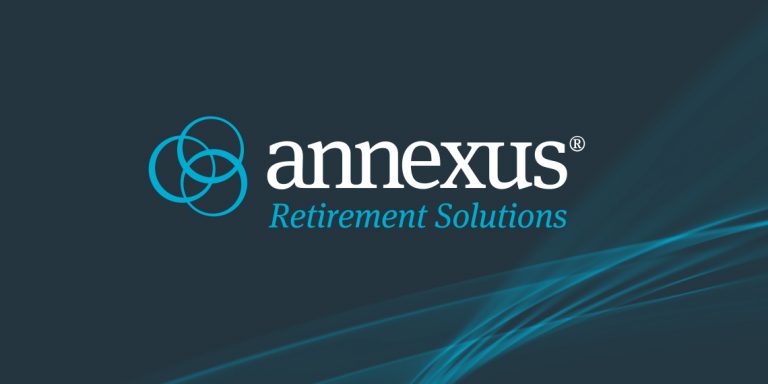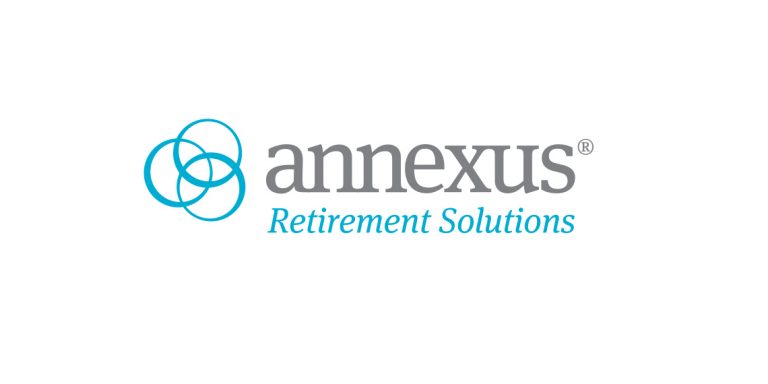Portability Is Key to Lifetime Income Solutions
By Charles E.F. Millard
This article was originally published by National Association of Plan Advisors.
Lifetime income should be part of any 401(k) or defined contribution plan. In fact, more than three-quarters of employers say they are highly interested in incorporating a lifetime income solution into their plan. However, one important need must be met before realizing widespread adoption: easy portability of the lifetime benefit.
This issue is a crucial element to solving the retirement income crisis our country faces. The portability challenge confronts three distinct constituencies in the world of retirement: employers, their advisors, and participants themselves. Here’s what to consider when assessing a solution.
Portability from recordkeeper to recordkeeper
For employers, the challenge is straightforward. What if they want to change recordkeepers in the future? Recordkeepers are the infrastructure that makes the retirement system work. But from time to time, their service level may go down or their prices may go up. When that happens, employers may want to—and should be free to—change recordkeepers.
For plan advisors, the challenge is similar. The plan advisor’s role is to regularly oversee service and pricing levels. Sometimes they do this through a new bidding process. They need to understand the marketplace and would understandably be reluctant to adopt a lifetime income solution that could not later be transferred.
In both cases, the ability of the employer or plan advisor to get the best pricing is eroded. They also risk losing the lifetime income benefit for their employees if the new recordkeeper does not offer the same benefit.
Ease of portability
Even if the solution is portable, switching recordkeepers can be daunting and therefore ease of portability should be a consideration. There are two elements to solving this problem, and both are meant to make things easier for the recordkeeper:
- First, a few lifetime income solutions are tradable like a security. They have a number assigned by the Committee on Uniform Securities Identification Procedures (a CUSIP). When a lifetime income solution has a CUSIP, the recordkeeper can add the lifetime income solution by simply adding the CUSIP to their menu. Most lifetime income solutions, such as individual annuity options and lifetime income wrappers, do not have their own CUSIP, but a few solutions do.
- Second, some solutions are associated with middleware. Middleware can simplify the amount of work for the recordkeeper, because the middleware helps communicate information from the employer to the insurance carrier to the recordkeeper. Like the CUSIP, this makes things easier for the recordkeeper. It also makes it more likely that the solutions with middleware will be portable and available from multiple recordkeepers.
Ability to maintain the lifetime guarantee
Of course, the reason we care about lifetime income at all is because we want to address the retirement income crisis faced by so many American workers. How does portability—or lack of it—affect them?
If the employer does offer a lifetime income solution in its defined contribution plan, what happens if the employee chooses to change jobs? In that case, the employee must have optionality. They should be able to roll the benefit into their new employer’s plan. This requires that the new employer is using a recordkeeper that also offers this (hopefully CUSIP-based and middleware-supported) solution.
If the new employer’s recordkeeper does not yet offer this solution, the employee must nonetheless have the option to roll the solution to an IRA or an individual annuity—one that allows the participant to retain every dollar of guaranty that has been earned. Most lifetime income solutions do not offer this option, but some do.
Ask these 4 questions
When analyzing lifetime income solutions, consider portability carefully. Ask yourself:
- Is it truly portable for all parties?
- Does the solution have a CUSIP?
- Does it have middleware that makes life simpler for the recordkeeper?
- Does it have the ability to protect the individual participant’s guaranty no matter what?
Make sure it does.
Charles E.F. Millard is the former Director of the United States Pension Benefit Guaranty Corporation and a Senior Advisor for Annexus Retirement Solutions.







